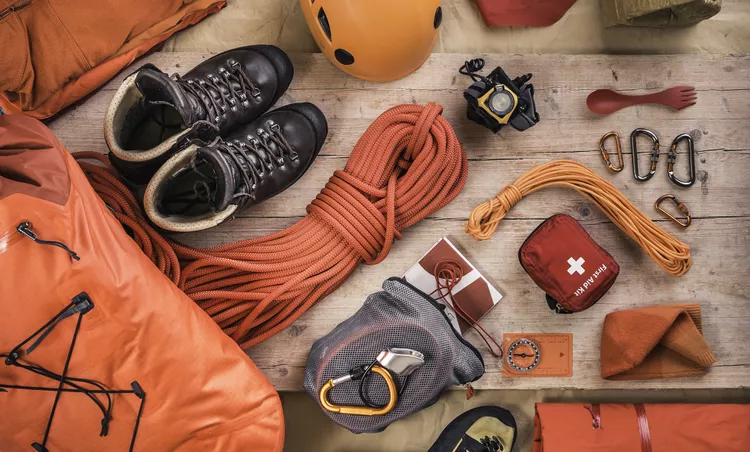Summary
Climbing is inherently dangerous, necessitating that climbers take precautions against gravity and falls. Redundancy is key; always back up every crucial piece of gear with another and utilize multiple anchors at a belay and rappel station. Your safety depends on it. Novice climbers are particularly susceptible to accidents; therefore, practice sound judgment, respect climbing dangers, and ensure you climb within your capabilities. Consider finding a knowledgeable mentor or enrolling in lessons with an experienced guide to learn safe climbing techniques. Remember, most climbing accidents are due to climber error. Utilize the following 10 tips to ensure your rock climbing experiences remain safe and enjoyable.
Always Check Harnesses
Once you have geared up and tied into the rope at the base of the route, ensure that the harness buckles for both the climber and belayer are securely doubled back. Confirm that the leg loops are snug, as most harnesses have adjustable loops for a secure fit.
Always Check Knots
Before beginning your climb, double-check that the lead climber’s tie-in knot—typically a figure-8 follow-through—is tied correctly and finished with a backup knot. Additionally, ensure that the rope passes through both the waist loop and leg loops of the harness.
Always Wear a Climbing Helmet
A climbing helmet is essential for your safety. Always wear one while climbing or belaying, as helmets protect the head from falling rocks and impacts. Keep in mind that your head is vulnerable while climbing, and head injuries can be life-altering. A helmet serves as an essential safety measure.
Always Check the Rope and Belay Device
Before leading a route, verify that the rope is correctly threaded through the belay device. Equally important, confirm that the rope and belay device are secured with a locking carabiner to the belay loop on the belayer’s harness.
Always Use a Long Rope
Ensure that your climbing rope is sufficiently long to reach the anchors for lowering back down on a sports route or to reach a belay ledge on multi-pitch routes. If you have any concerns about the length of the rope, tie a stopper knot in the tail end for added safety.
Always Pay Attention
While belaying, maintain focus on the leader above you, as they are taking the greatest risks. It is vital to avoid distractions, such as conversing with other climbers, using a cell phone, or attending to pets or children while you belay. Never remove the leader from belay unless you are completely certain that they are tied safely to the anchors and have communicated their readiness with clear climbing commands.
Always Bring Enough Gear
Before you embark on a climb, visually inspect the route from the base to evaluate the necessary equipment. Relying solely on a guidebook may not be sufficient. For sports climbing, be sure to assess how many bolts require quickdraws and, when in doubt, always bring extra quickdraws.
Always Climb With the Rope Over Your Leg
When leading a route, it is crucial to ensure that the rope is positioned over your leg rather than between your legs or behind one leg. Falling in this incorrect position could result in a dangerous flip that may cause serious injury. Always wear a climbing helmet for additional protection.
Always Properly Clip the Rope
Ensure that you clip the rope correctly through the carabiners on quickdraws. Avoid back clipping, where the rope runs in the wrong direction in the carabiner. Always ensure that the carabiner gate faces the opposite direction of your climbing path to prevent un-clipping. Remember to use locking carabiners for critical placements.
Always Use Safe Anchors
At the top of any pitch or route, utilize at least two anchors, with three being even better. This redundancy is vital for your safety. When on a sports route, ensure that you use locking carabiners if reducing from the anchors for top-rope climbing.





